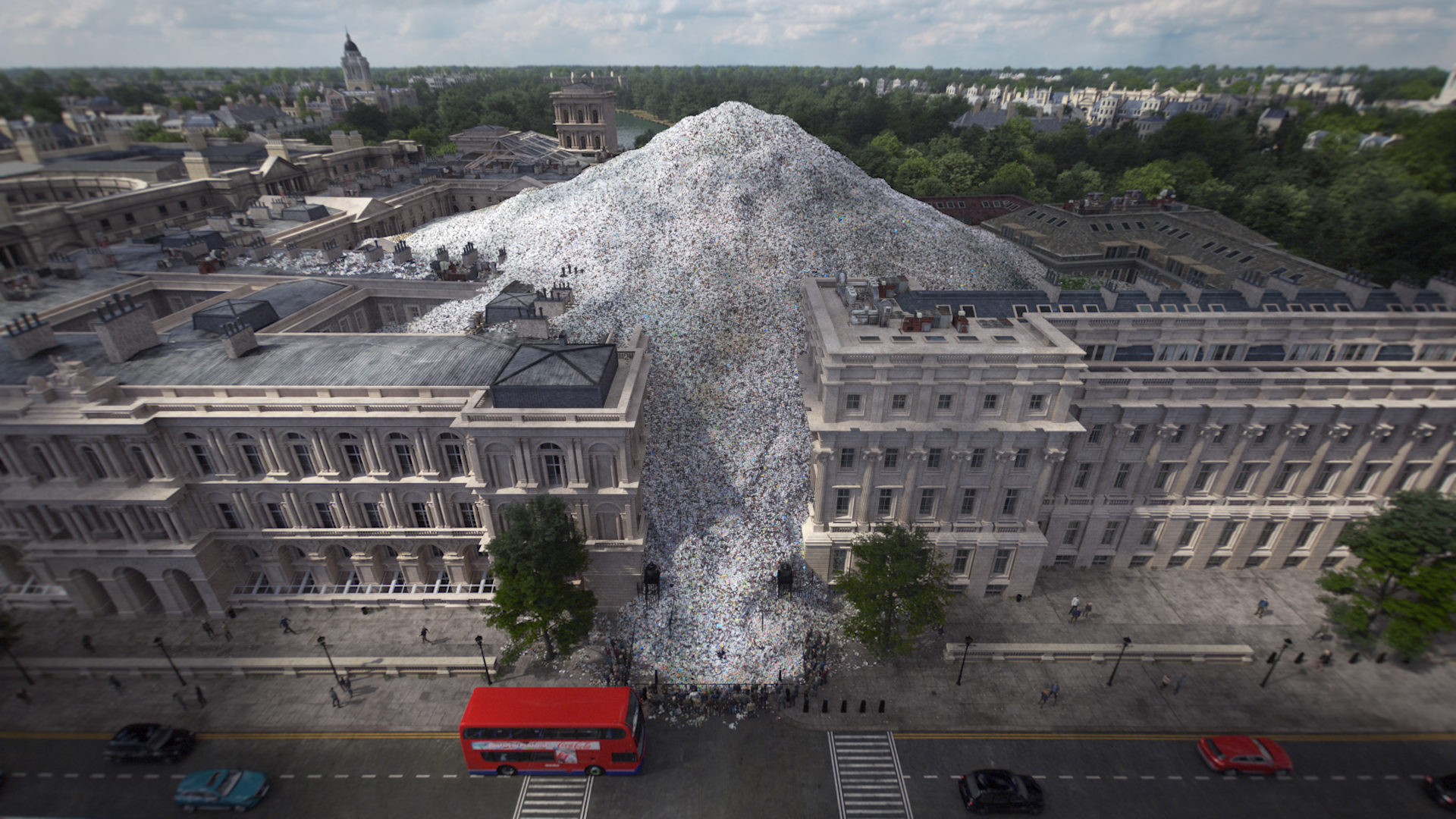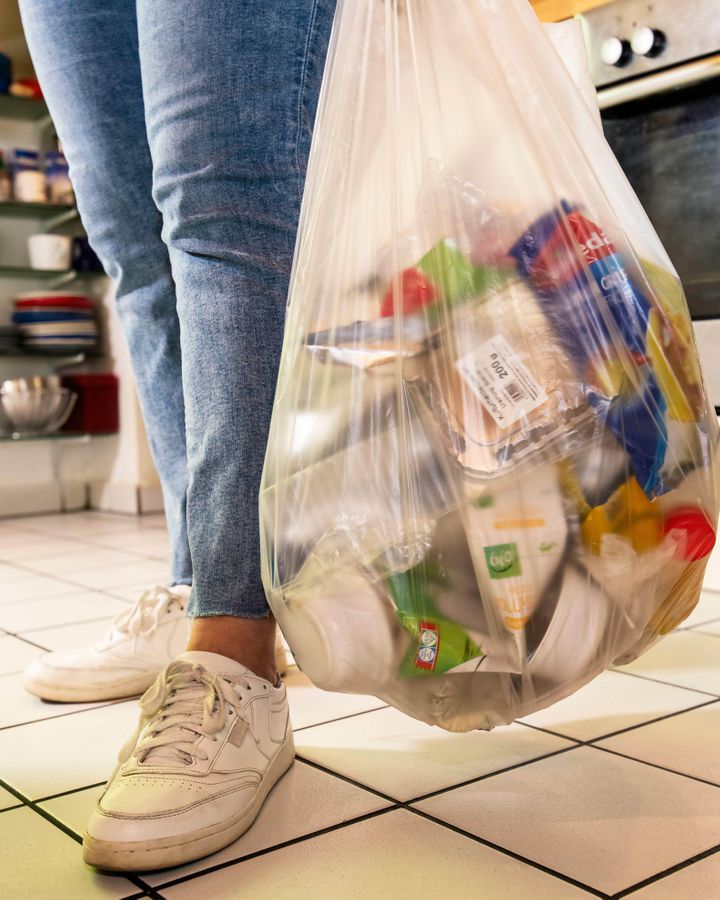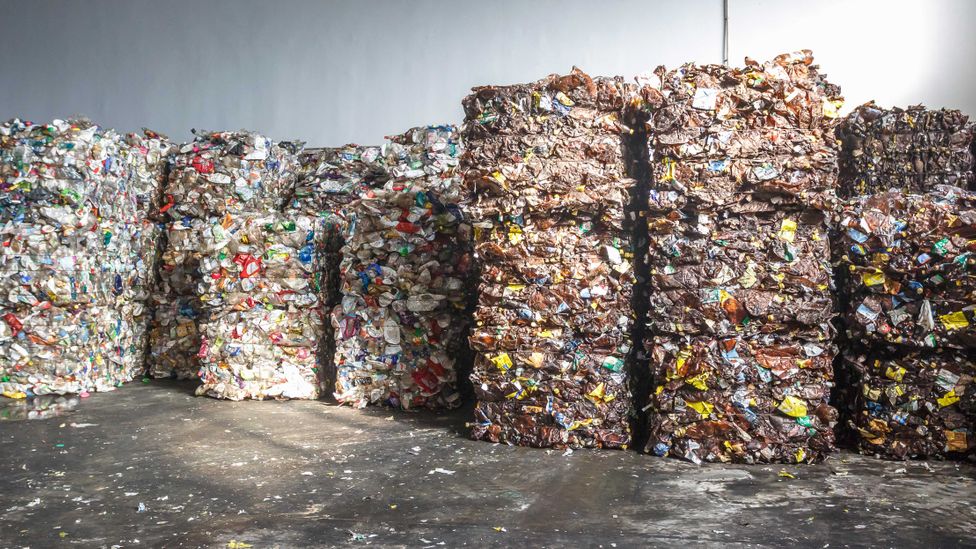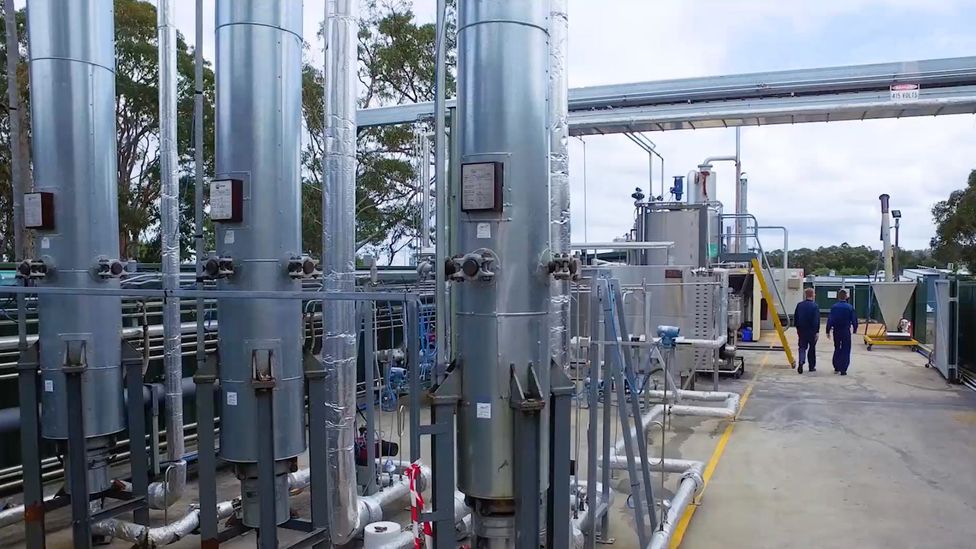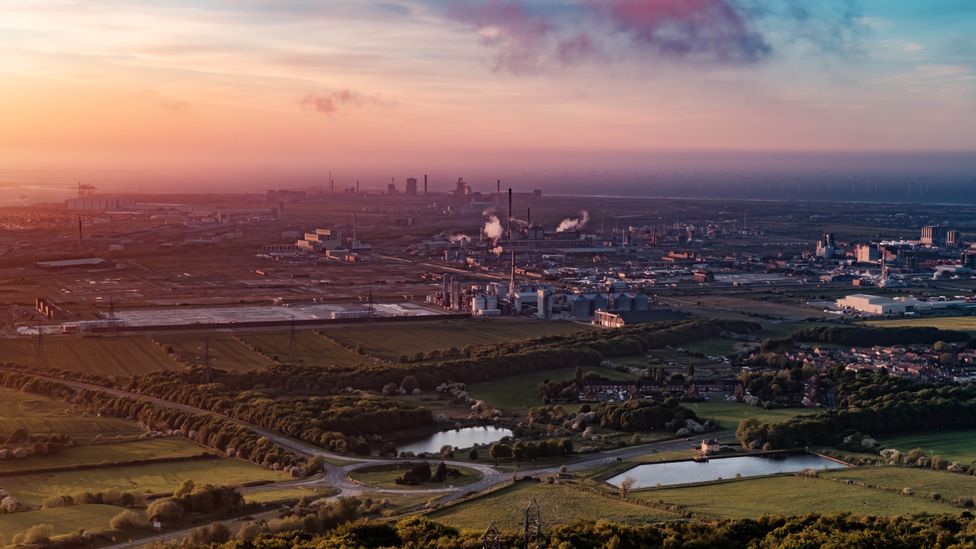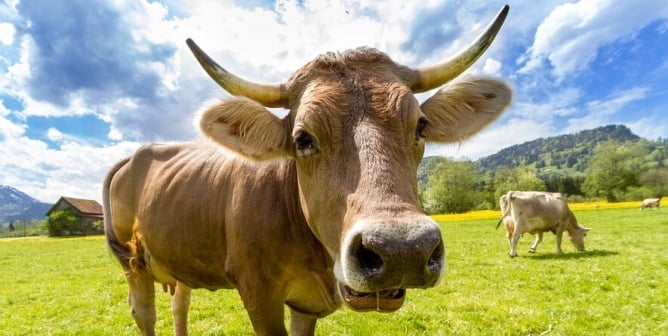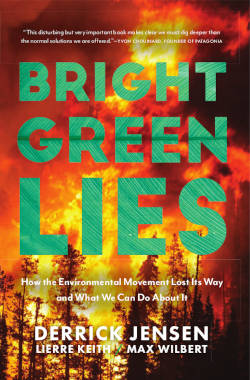This is the latest update from "onlyone."

Coming up in The Wave this
week, a First Nations chief predicts a violent clash over lobster
fishing on Canada’s east coast will reach a boiling point, the Biden
Administration introduces its “America the Beautiful” plan, and a new
study says Antarctica’s ice could cross a scary threshold within 40
years.
But
first, in honor of Mother Ocean Day, we’re celebrating the Hawaiian
Islands, where the ocean has been both life-giving and life-affirming
for thousands of years.
In
this Pacific archipelago of eight main islands, several coral-studded
atolls, and more than 100 rocky islets, the cultural and the marine are
one. Corals are considered by Hawaiian people to represent Kāne, an akua
(“deity”) giving life to both the people and the islands. The living
reef ecosystem in Hawaii houses more than 7,000 marine plant and animal
species, with a quarter of these found only in this part of the world.
Green sea turtles soar through the deep blue waters or bask in the sun
on the shoreline, while endangered Hawaiian monk seals forage for fish,
spin lobsters, octopuses, and eels. Hawaiian tradition regards all these
creatures as our relatives, in no way lesser beings than humans.
When
U.S. troops overthrew the Hawaiian Kingdom 130 years ago, without just
cause, its Indigenous people were forcibly distanced from their
traditional interactions with the ocean. Now, the people of Hawaii are
fighting for tomorrow, creating hope by passing maritime knowledge down
to the youngr generations and by raising awareness of the need to
protect natural resources.
We’ve
created a collection of stories to shine light on the ocean history and
future of Hawaii, from pulling renaissance of the art of voyaging from
the edge of extinction, to reviving unique fishponds after a time when
Native Hawaiian people were prevented from fishing for subsistence.
There is much we
can learn from “the worldview of the Hawaiian” when it comes to how we
approach protecting the global ocean in years to come.
From Earthday.org
Washington, D.C. — EARTHDAY.ORG, the global organizer of Earth Day,
today announced initial results of Earth Day 2021: Exponential growth
and the addition of hundreds of millions of new activists to the
movement, united around a set of clear and concise demands presented to
the Biden administration and world leaders.
Among Earth Day’s demands are that countries aggressively reduce
their carbon emissions, that corporations be held accountable and set
ambitious paths to net zero emissions by 2040 or sooner, that all
primary and secondary schools globally adopt comprehensive climate
literacy and civic skill building to prepare students for a global
transition to green jobs, and that global leaders train existing and
future workers for the green economy.
Despite year two of the coronavirus pandemic, the Earth Day movement
surged ahead. Concurrent with the Biden climate summit, millions
participated in three parallel summits representing vast networks of youth, social justice organizations, and educators.
In partnership with EARTHDAY.ORG, Education International, representing
32.5 million members, organized the “Teach for the Planet: Global
Education Summit.”
“This Earth Day, we experienced a cultural shift comparable to the
first Earth Day in 1970,” said Kathleen Rogers, President of
EARTHDAY.ORG. “Millions around the world, angry and frustrated with the
pace of change, raised their voices and demanded comprehensive climate
action from governments and corporations around the world. The
environmental movement of 1970 has been reborn. We’ve entered into a new
phase of progress, a new barometer of sustainability requirements, and a
new chapter of activism. We must continue this momentum.”
Building on its position as the world’s most inclusive instrument to
drive the movement forward, Earth Day 2021 boldly staked out its
leadership. As the world’s environmental systems continue to collapse,
leaving a badly damaged planet, civil society is no longer agreeing to
be on the periphery of decision making, but rather is demanding a seat
at the table with governments and international institutions to deliver
solutions proportionate to the urgency of the climate crisis.
Speaking to Denis Hayes, organizer of the first Earth Day, on the Earth Day Live digital stage,
John Kerry, United States Special Presidential Envoy for Climate said,
“We have to make 2020 to 2030 a critical decade of real decisions and
real actions…The urgency of what we need to do cannot be overstated.”
His Holiness Pope Francis reflected that the challenges we are
experiencing with the pandemic that are also manifesting in climate
change must drive us toward innovation and invention and to seek new
paths. “We become more resilient when we work together instead of doing
it alone,” Pope Francis affirmed, adding that there is still time to act
even though it is difficult to stop the destruction of nature when it
has been triggered.
Around the world, Earth Day 2021 brought massive action.
Over a dozen countries including Italy, Mexico and most recently Peru, Argentina and Brazil committed to climate literacy.
As of Earth Day 2021, over 500 signatories representing over 100 countries around the world joined EARTHDAY.ORG’s Climate Literacy campaign
including groups such as International Labour Organization, Education
International and International Trades Union Confederation.
In its second year, Schools for the Earth,
an EARTHDAY.ORG partnership with EDUCA, Educación Ambiental Mundial
EAM, enrolled nearly 4,000 schools across Mexico and 15 countries in
Latin America and the Caribbean. The program involves over 800,000
teachers and students in rural communities, urban areas and indigenous
intercultural schools.
In the Middle East and North Africa, women’s participation in Earth Day this year increased to 60%.
Millions of people took part in volunteer activities including planting trees, reforestation projects and The Great Global Cleanup.
Earth Day’s 2021 theme, Restore Our Earth
generated thousands of policy commitments and billions of dollars in
financial commitments around reforestation, regenerative agriculture and
investment in green carbon removal and decarbonization technology.
Thousands of local government officials from across the planet committed to environmental action for Earth Day.
Reflecting the power of Earth Day on social media, Earth Day hashtags
including #EarthDay, #RestoreOurEarth, #EarthDayLive and
#ClimateLiteracy reached over 400 million.
Millions tuned in to Earth Day Live
and committed to personal climate and environmental action. Among the
speakers were Prince Albert II of Monaco; Alexandria Villaseñor, Founder
of Earth Uprising; Mayor Frank Cownie of Des Moines, Iowa and President
of ICLEI; Gabriel Quijandría, Minister of the Environment, Peru; Gina
McCarthy, White House National Climate Advisor; Greta Thunberg, Youth
Climate Activist; Haldis Holst, Deputy General Secretary of Education
International; John Kerry, United States Special Presidential Envoy for
Climate; Dame Karen Pierce, British Ambassador to the United States;
Mayor Keisha Lance Bottoms, Atlanta, Georgia; Kevin O’Leary, Venture
Capitalist; Mary Steenburgen, Actor and Musician; Michael S. Regan,
United States EPA Administrator; Patricia Espinosa, Executive Secretary
of the United Nations Framework Convention on Climate Change; Patrizio
Bianchi, Minister of Public Education, Italy; His Holiness Pope Francis;
Ricky Kej, Grammy® Award Winner; Tom Lovejoy, “Godfather of
Biodiversity” and Tom Steyer, NextGen America Founder.
On Earth Day, EARTHDAY.ORG launched the “Earth Definition”
campaign aimed at encouraging individuals around the world to learn
more about their digital footprint and choose Earth Definition,
otherwise known as standard definition, while streaming to reduce
emissions. The campaign film has been chosen as a Vimeo Staff Pick.
As a part of the partnership between EARTHDAY.ORG and Facebook, Facebook Watch premiered “Earth Day! The Musical!”
on April 22 at 12PM ET which garnered nearly 5 million views. The
special featured appearances from Bill Nye, Alexia Akbay, Ben Platt,
Charli and Dixie D’Amelio, Chloe Lukasiak, CNCO, Cody Simpson, Desus
Nice and The Kid Mero, Fortune Feimster, Gaten Matarazzo, Idina Menzel,
Jack Harlow, Jasmine Cephas Jones, Jerome Foster II, Justin Bieber,
Karamo, Maluma, Nick Kroll, Phoebe Robinson, Retta, Steve Aoki, Tori
Kelly, Xiye Bastida, Zac Efron and more.
For more information on EARTHDAY.ORG’s year-round campaigns and programs, please visit: https://www.earthday.org
From Change.org - Lion Aid update

10 de may. de 2021 —
For
over ten years LionAid has campaigned, lobbied, pushed the UK
Government to end lion trophy hunting imports. We covered lion statues
with black cloths, arranged marches on the streets of London, met with
an endless array of politicians, managed to get three debates in UK
Parliament, sat around many “round table” discussions with MPs, sat with
ministers, sat with committees, provided endless information, sat with
African wildlife departments and ministers, funded a seminal conference
among African lion range states urging lion conservation, met with local
communities in Africa, arranged virtual classrooms across the globe to
educate children about lion conservation, challenged major universities
and professors and international institutions on their stand in trying
to equate lion hunting as “conservation”, delivered well over 700,000
signatures to appeal to the UK government to end lion trophy imports….
Not too bad for a small charity?
A few days ago we received an email from the UK Department of Environment informing us that change was hopefully coming.
Today, the UK media announced that in the upcoming Queen’s Speech,
the UK Government will enact a number of animal welfare bills –
including something called an “Animals Abroad” bill that will end some
trophy hunting products imports into the UK.
For those who might be puzzled about a “Queen’s Speech” – this is
used by the current UK Government to announce future directions.
The fact that this Animals Abroad bill will be introduced is positive but not a “done deal”. It remains an intention?
Nevertheless, hope prevails.
We will update you all further in the days following the delivery of
the Queen's Speech, once we find out a bit more detail on what might be
developing.
The blog song for today is:"Uncle Sam" by Madness
TTFN
